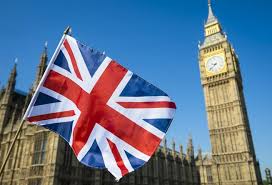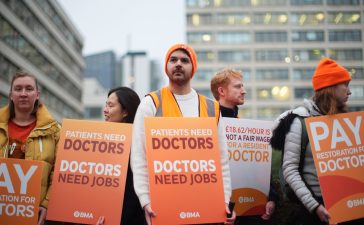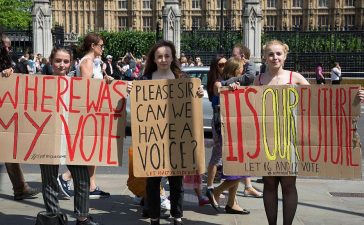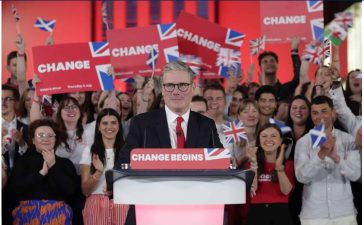Britain’s economy grew faster than expected in the second quarter of 2025, but momentum slowed from earlier in the year due to US tariffs and a higher domestic business tax, official figures showed on Thursday.
Gross Domestic Product (GDP) rose by 0.3% between April and June, according to the Office for National Statistics (ONS), beating analyst forecasts of 0.1% but easing from 0.7% growth in the first quarter.
Finance Minister Rachel Reeves welcomed the performance as a “positive” sign but acknowledged that more work was needed to build an economy “that works for working people.”
ONS data revealed that growth in construction and services helped offset a fall in production. “Growth was led by services, with computer programming, health, and vehicle leasing growing,” said Liz McKeown, ONS director of economic statistics.
The figures come a day after the ONS reported UK unemployment at a four-year high of 4.7% in Q2. Analysts attribute the weaker jobs market in part to the Labour government’s business tax hike in April, coinciding with the imposition of a 10% baseline US tariff on most UK goods under President Donald Trump.
In response to tariff-related pressures, the Bank of England last week cut its key interest rate by 0.25 percentage points to 4%.
However, economists warn that the global slowdown, lingering effects of tax increases, and uncertainty over further fiscal tightening in the autumn budget could keep business investment and consumer spending subdued.






